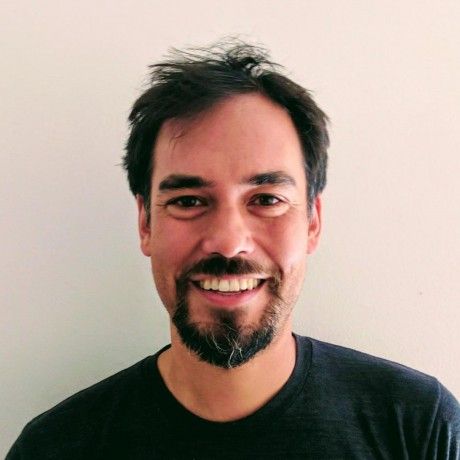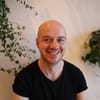Cory Zue has built a living making Django SaaS boilerplates for founders. It means you can get started with your SaaS much quicker without having to code lots of basic functionality. Cory talks us through his first success as a founder, why he switched to selling SaaS boilerplates and his top marketing channels.
Can you tell us about what SaaS Pegasus is and your achievements so far?
SaaS Pegasus is a SaaS boilerplate written for Django (a Python-based web framework). The idea behind a SaaS boilerplate is that instead of starting a new project from scratch, you instead get all the boring features already built for you—so things like user accounts, login and password reset, billing, teams, and so on. Boilerplates allow you to launch apps much faster, without having to dive into the world of nocode tools.
Pegasus is unique among boilerplates in that it lets you configure quite a lot about your project, including what features you want to enable as well as tech choices like different CSS and JavaScript frameworks. The result is that the code you start with is cleaner and has only the features your app needs.
I’ve been working on Pegasus for about four years, and many people have used it to launch profitable businesses (including several that are now bigger than Pegasus itself). It did over $100k in profit last year.

Why did you create SaaS Pegasus?
I created Pegasus after creating two other SaaS applications (one of which was my other business, Place Card Me) and realizing how much of the effort was copy/pasting the same code/features across apps. I figured if I had this problem then other people must too.
After doing a bit of research I learned that paid boilerplates were a profitable product category, but at the time there wasn’t one for Django (which is my preferred web framework). So it seemed like an obvious opportunity.
What have been the best marketing channels for growing SaaS Pegasus?
Content and SEO. I write these really in-depth guides about how to do some of the things that are in Pegasus. And then halfway through I’m like “by the way, if you don’t want to go through all this work you can also buy this thing I made and save like 100 hours”. The content also helps to establish that I know what I’m doing, which helps convince people that the product itself will be high quality.
To go back to an earlier project, can you tell us about Place Card Me and why you moved on to SaaS Pegasus?
Place Card Me is an app to help you with your place cards for a wedding or event. You upload a spreadsheet with your guest list, and it spits out a PDF file with your cards laid out and ready to print. It was my first product, and now runs on autopilot, doing about $20k a year.
I moved on because I wasn’t passionate about the wedding industry, and I really didn’t like marketing it. Also, during the pandemic the whole thing completely tanked. By the time the pandemic was over, Pegasus was more exciting and more profitable than Place Card Me, so I never looked back.
Can you talk about what your stack is?
Naturally, I build all my apps with SaaS Pegasus. :) This means Python and Django on the backend. On the front end I used to use React, though have recently been using more and more HTMX and Alpine.js, which is a nice low-JavaScript option. I’ve also switched from Bulma CSS to Tailwind.
I don’t use too much other software. Mailchimp for email marketing (though it’s getting expensive). Sentry for error monitoring. Google docs and trello for project management. Figma for design and graphics. Google analytics. I tend to find something that works and then stick with it.
What’s your top tip for founders?
Courtland Allen said “your only goal is not to quit”, which I completely agree with.
I’ll add to that that the best way to avoid quitting is to set very small, attainable goals. E.g. try to get users before worrying about getting paid. Try to get $1 before you try $100. And so on.
Hitting little goals gives you the motivation and confidence to set bigger ones. And if you keep knocking out bigger and bigger goals, then all you need is enough time, and you’ll eventually succeed.
What does an average day look like for you?
During the work day I probably spend about one hour on email or in the Pegasus Slack community, one hour exercising (usually trail running), and five or six hours doing some kind of proactive deep work—coding, writing, miscellaneous marketing efforts, etc. Outside that time I’m usually with my wife and two kids.
Who are your favorite founders that inspire you?
My favorite founders to follow are the ones who seem genuinely transparent (not just doing some #buildinpublic thing for the marketing perks). Michael Lynch has done an amazing job documenting his journey from nothing to an almost $1M ARR hardware business. Allison Seboldt is another one, and her latest product, a programmatic SEO app is starting to take off (and she is using Pegasus to build it!)
Where can people find out more about you and SaaS Pegasus?
I document my journey making Pegasus on my website and on Twitter (@czue).
Check out another founder interview - Allison Seboldt has used Cory's SaaS Pegasus template to monetize her programmatic SEO knowledge

